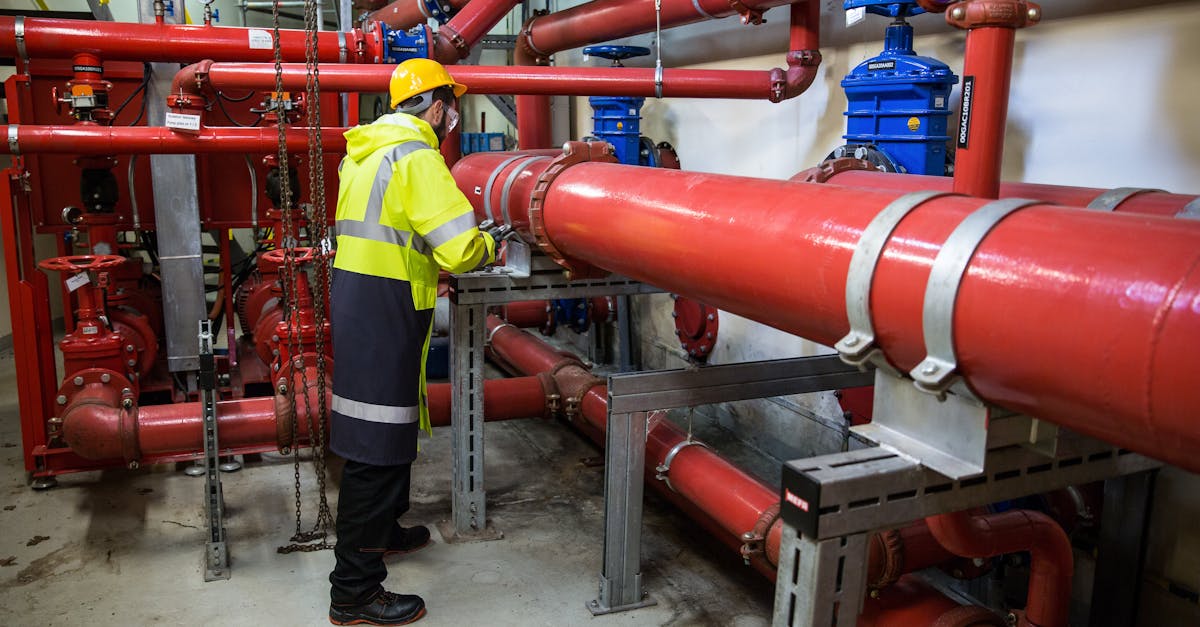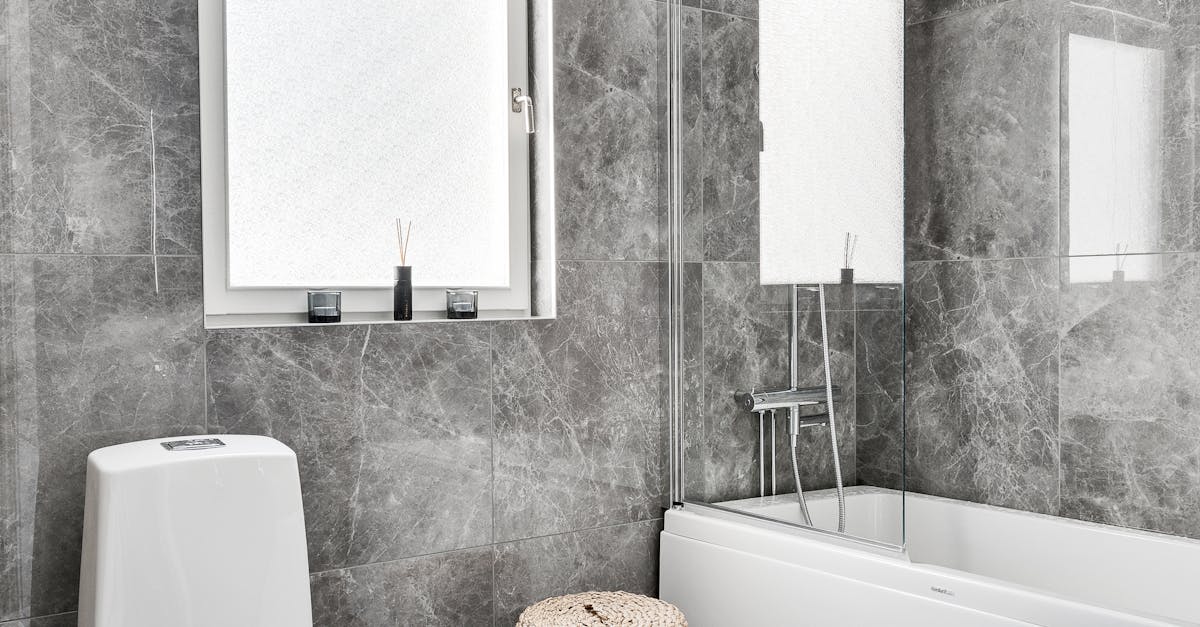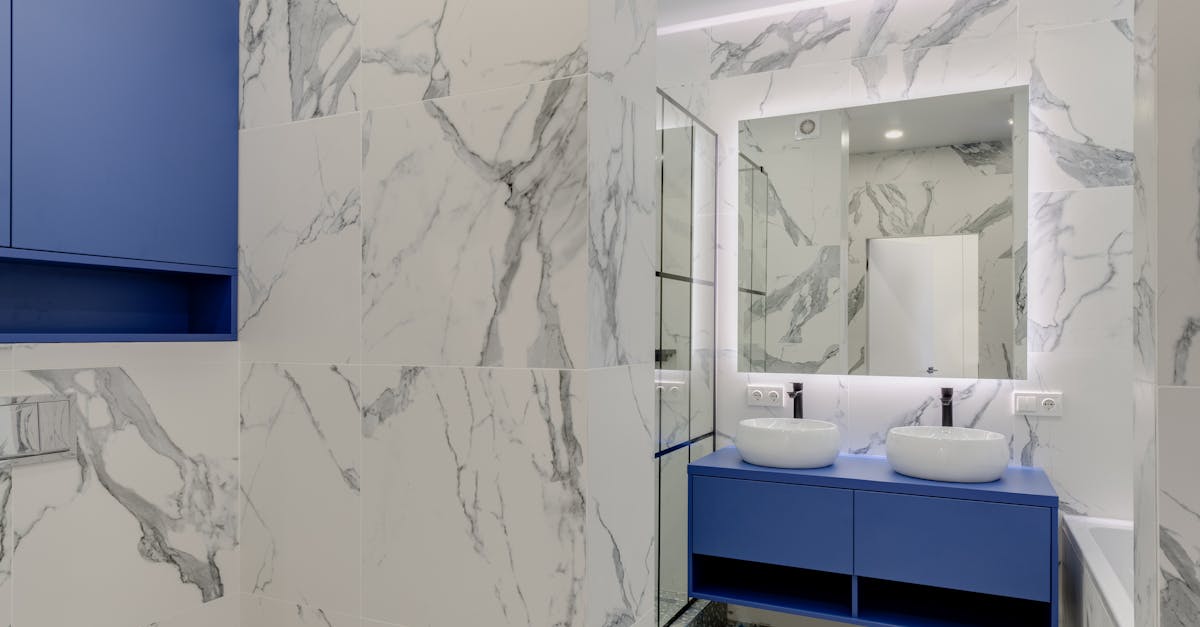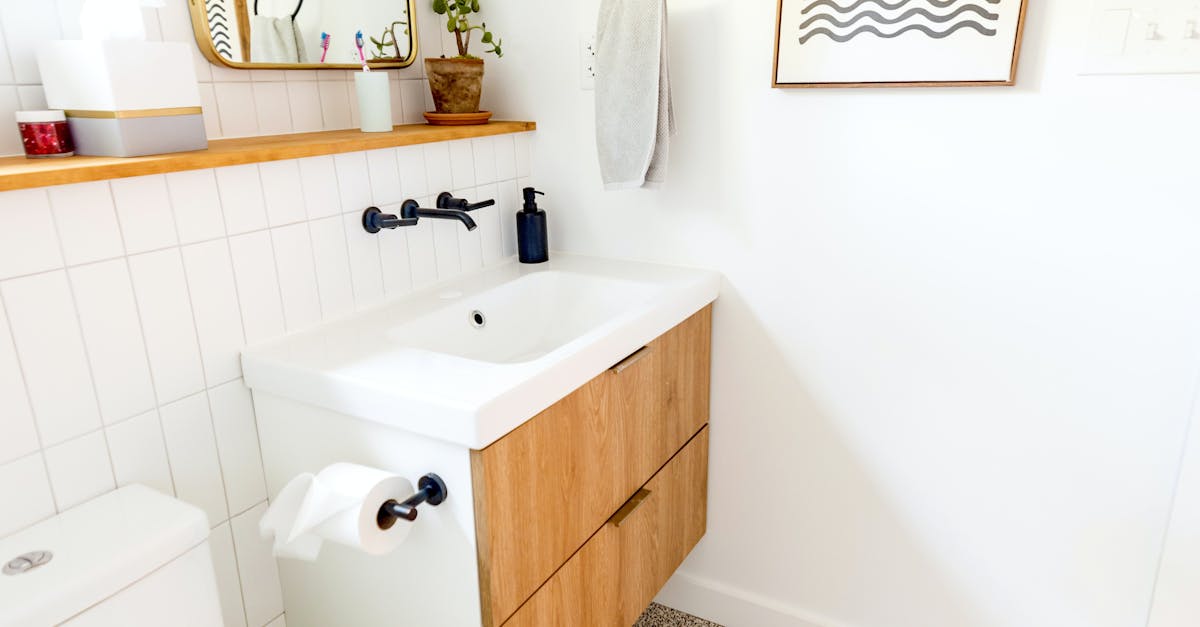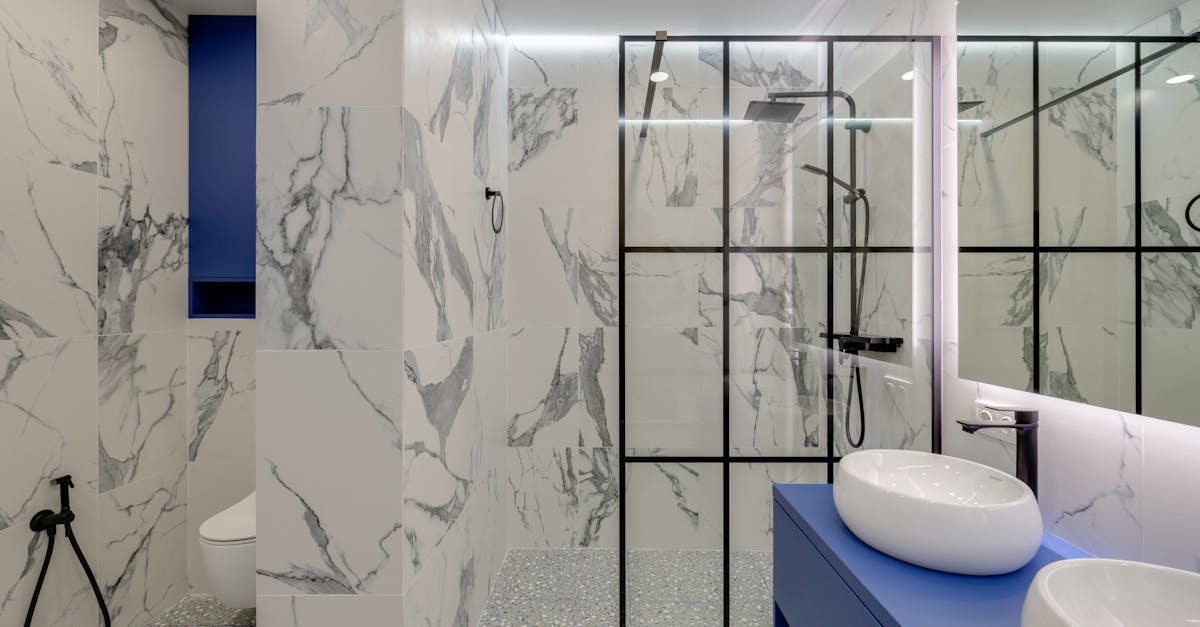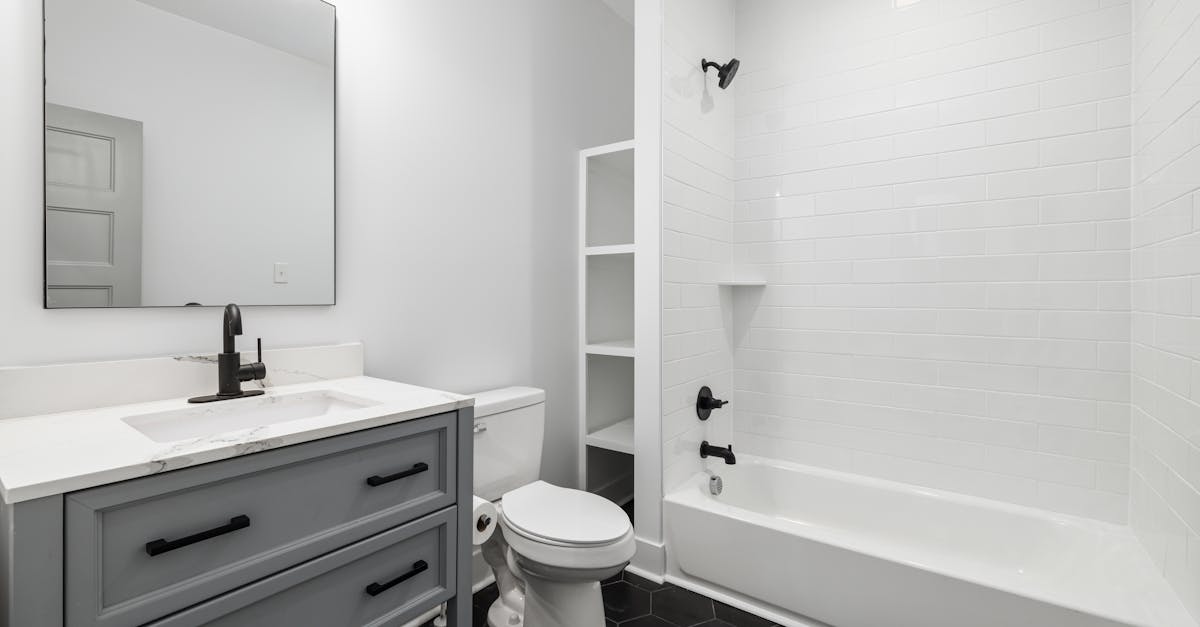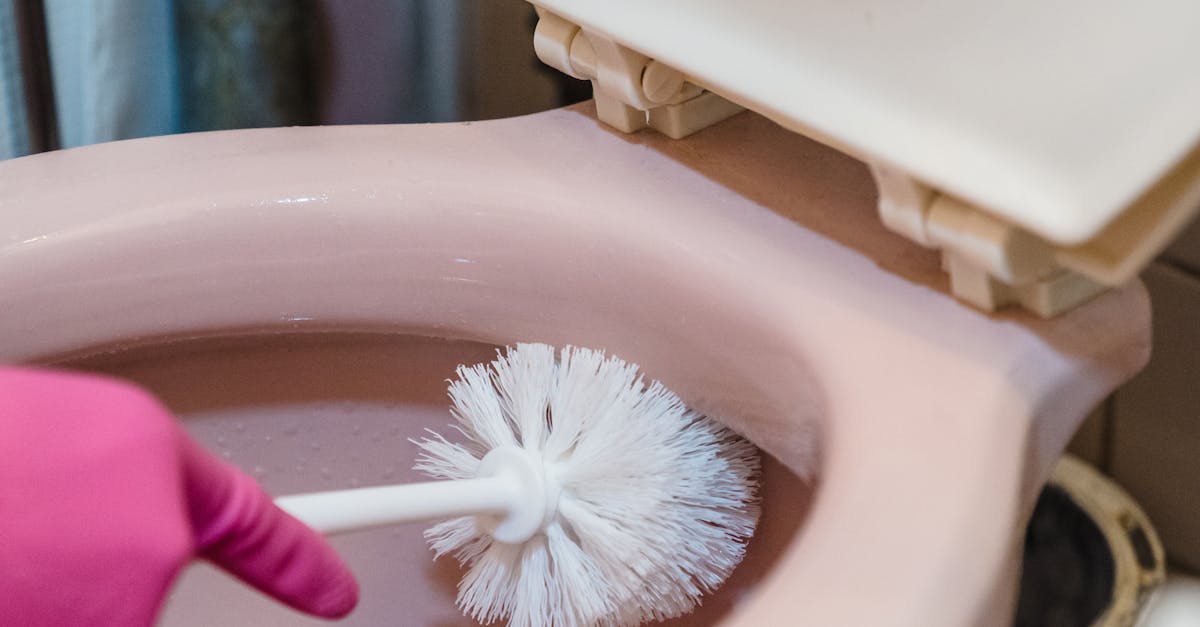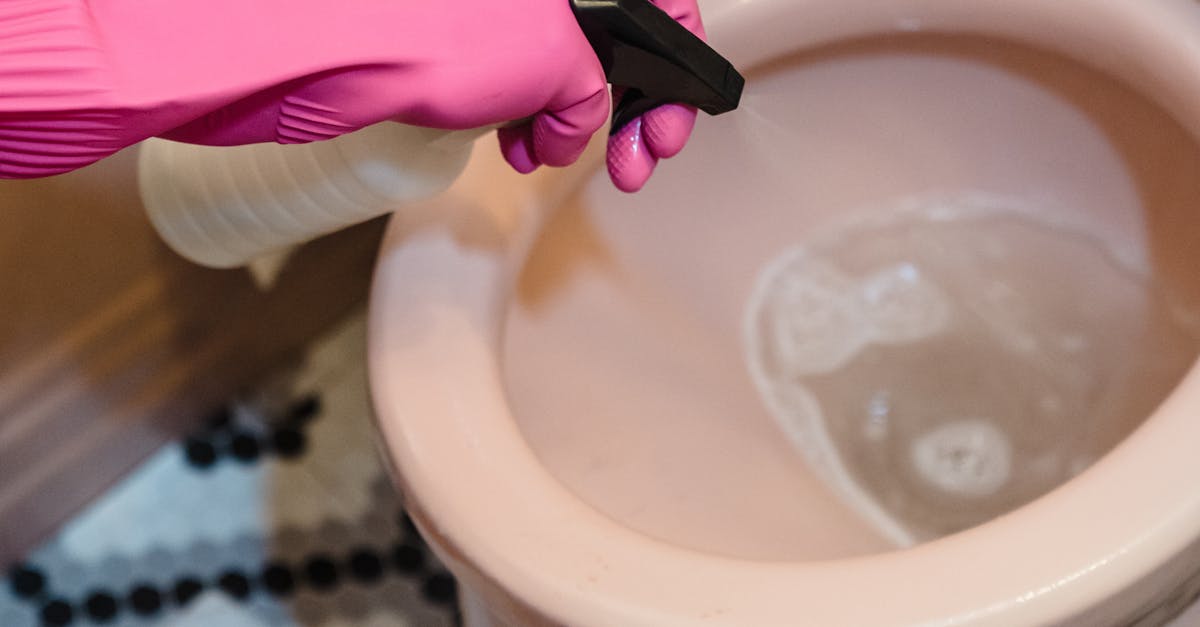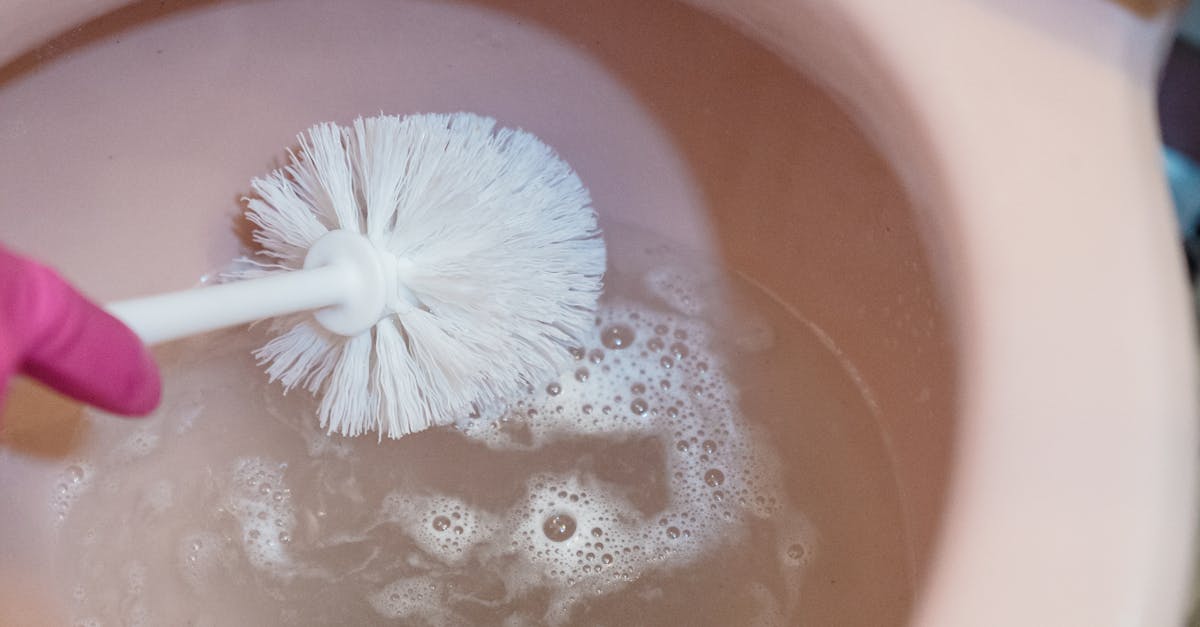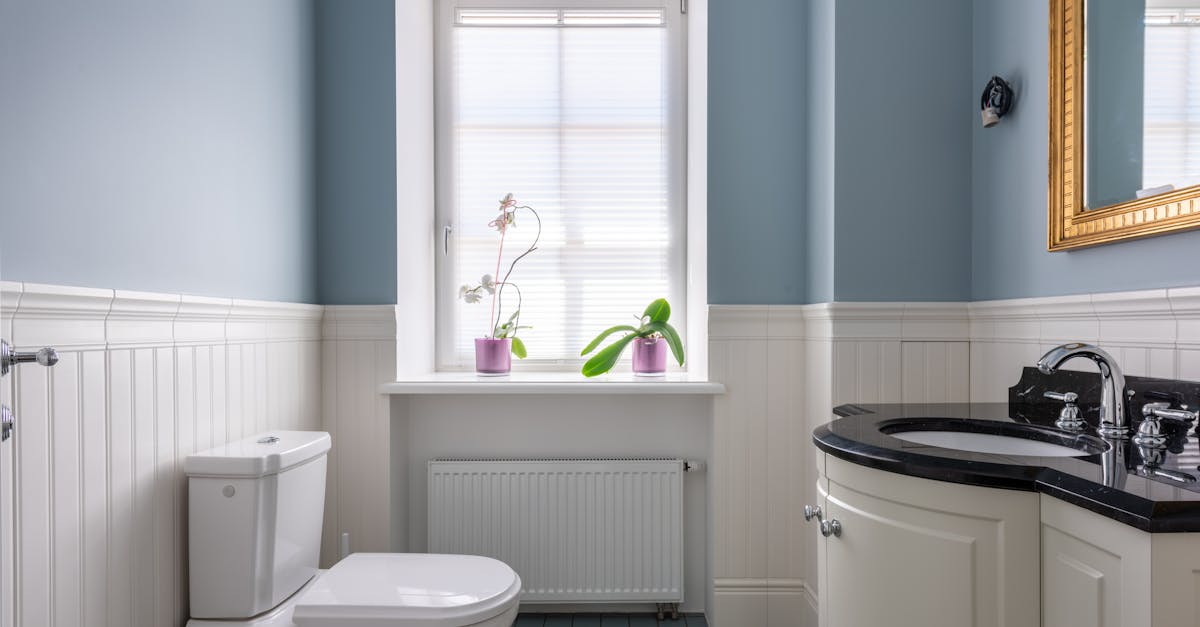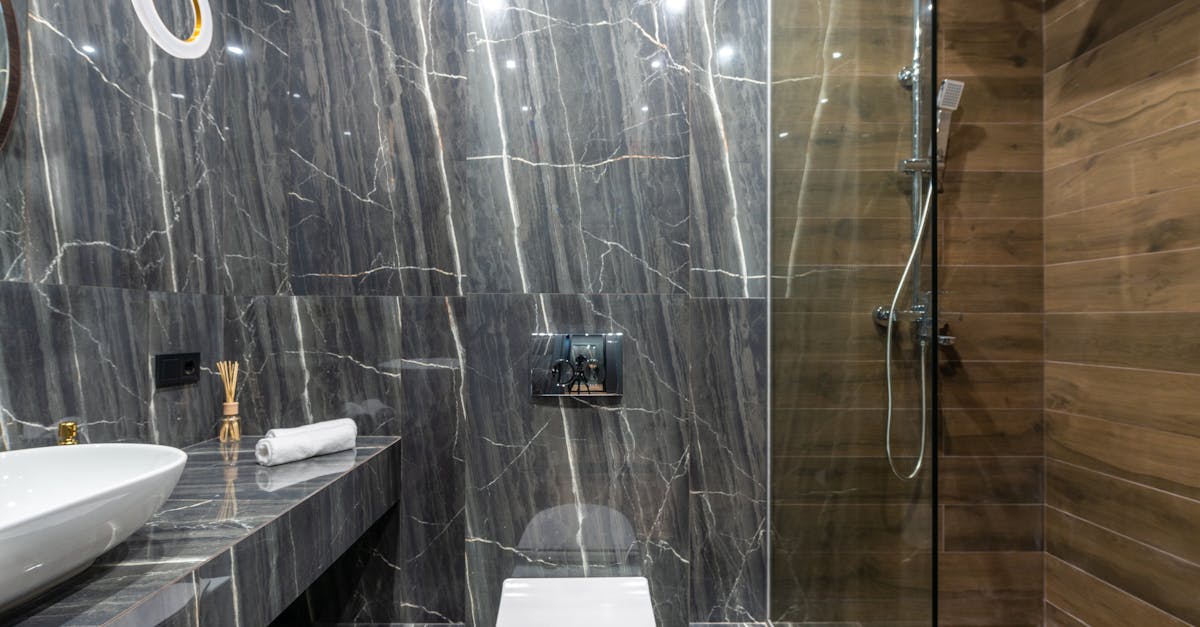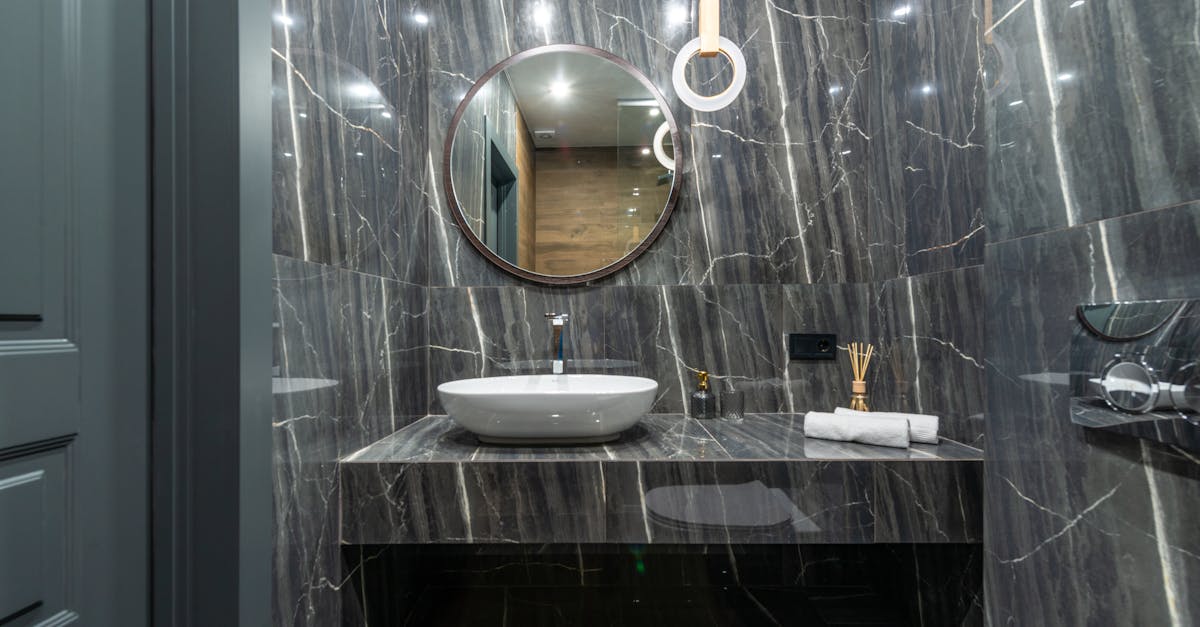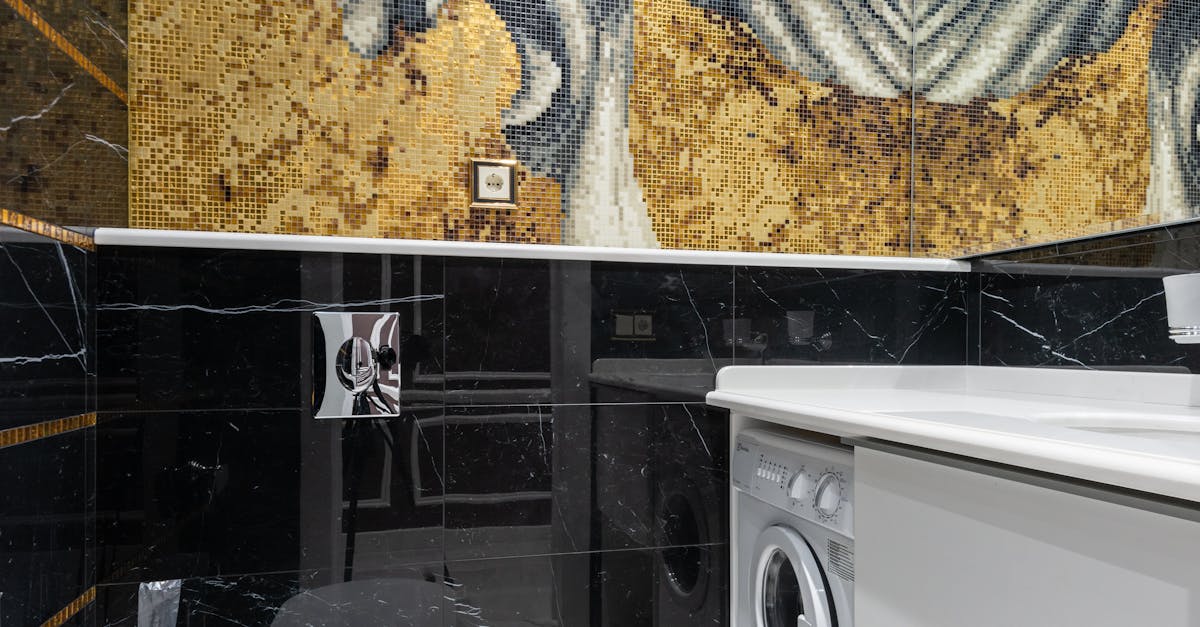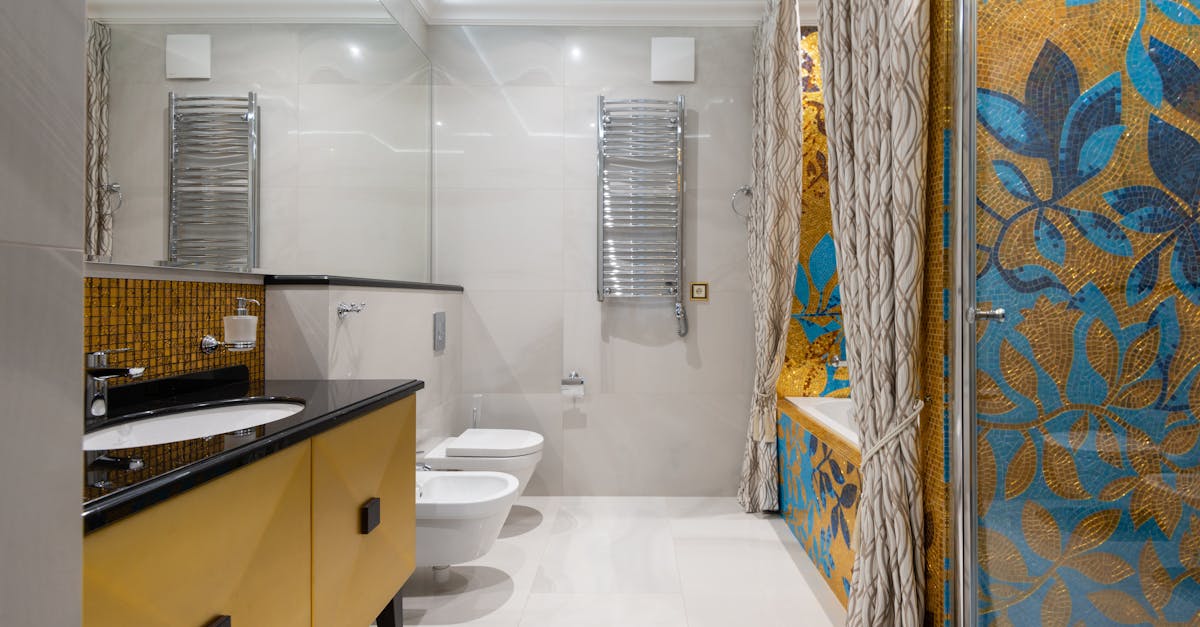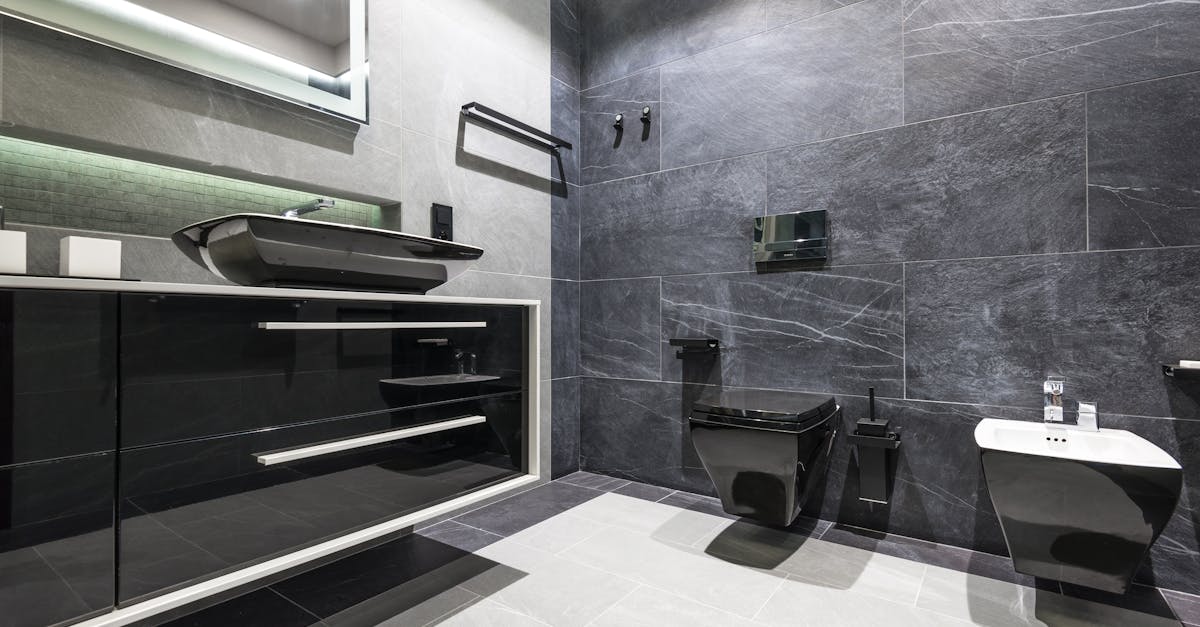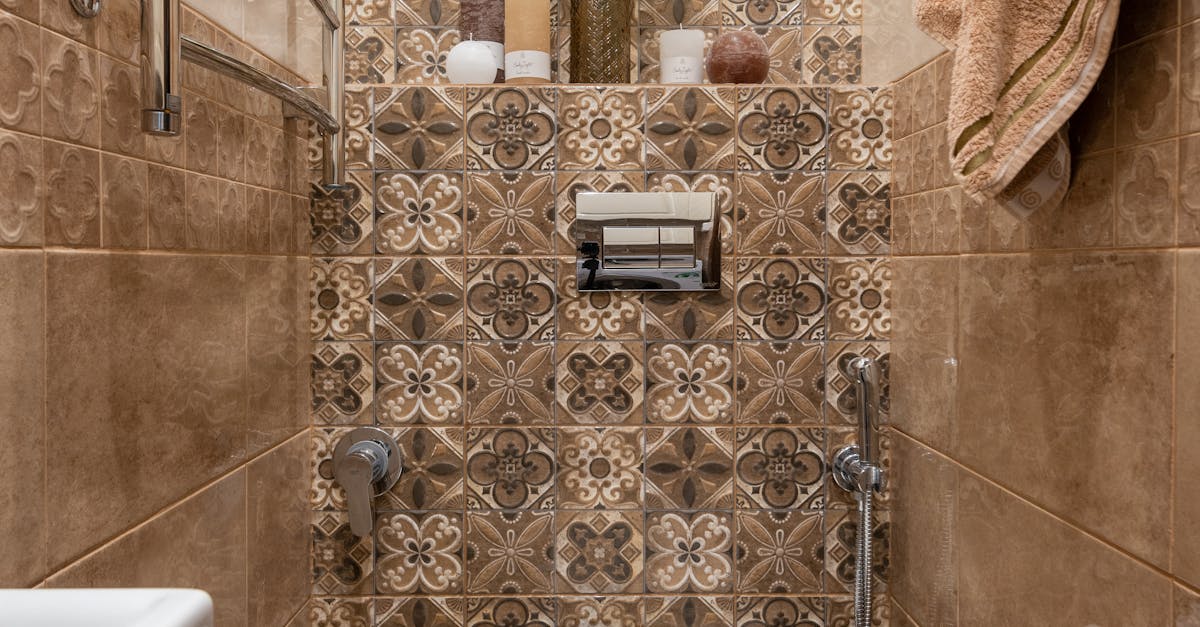
Table Of Contents
Cleaning the Rim Jet Holes
Rim jet holes play a crucial role in the flushing mechanism of a toilet. These small openings located around the rim of the toilet bowl allow water to flow evenly during a flush, ensuring effective waste removal. Over time, mineral deposits and debris can build up in these holes, reducing flush efficiency and leading to issues that may require toilet repairs. Keeping them clean is vital for maintaining optimal performance.
To clean the rim jet holes, you can use a long, thin brush or a pipe cleaner to dislodge any grime. A solution of vinegar or a specialised toilet bowl cleaner can help dissolve mineral deposits. Apply the cleaner and let it sit for a few minutes before scrubbing the holes gently. After cleaning, flush the toilet several times to ensure that the water flows freely through the jets. This simple maintenance step can significantly improve flushing performance without the need for extensive toilet repairs.
The Role of Rim Jets in Flush Efficiency
Rim jets play a crucial role in the efficiency of a toilet’s flushing system. These small openings located along the rim of the toilet bowl are designed to release water during a flush. When functioning correctly, they create a powerful jet of water, helping to push waste down the drain effectively. Regular maintenance and cleaning of these holes can enhance performance and reduce the need for extensive toilet repairs.
Blockages in the rim jet holes can significantly impact flush performance. If sediment or mineral buildup occurs, water flow may decrease, leading to weak flushes and potential overflow issues. Regularly checking and cleaning these jets can prevent costly toilet repairs down the line. Ensuring that these crucial components are clear allows for optimal flushing, maintaining a healthy and efficient toilet system.
Replacing the Fill Valve
Replacing the fill valve is an essential part of effective toilet repairs. A faulty fill valve can lead to inadequate water supply during flushing, causing weak pressure. When the valve is not functioning correctly, it may also result in continuous running water, wasting precious resources and increasing your water bill. Identifying this issue early can save time and prevent further complications.
To replace a faulty valve, first, turn off the water supply to the toilet. Flush the toilet to drain as much water as possible from the cistern. Disconnect the old valve from the water supply line and remove it from the cistern. Install the new fill valve by following the manufacturer's instructions, ensuring the height is adjusted according to your toilet design. Once installed, reconnect the water supply and turn it back on, checking for any leaks before testing the flush pressure.
When and How to Replace a Faulty Valve
A faulty fill valve can significantly impact the pressure of your toilet flush. Signs of a malfunctioning valve include a slow refill after flushing or inconsistent water flow. To ensure that the toilet operates efficiently, replace the valve when these symptoms become apparent. Gather the necessary tools, such as an adjustable wrench, a bucket, and a sponge. Before beginning the repair, turn off the water supply to the toilet and flush to drain the tank.
To replace the valve, disconnect the water supply line and remove the old fill valve by loosening the retaining nut. Install the new valve according to the manufacturer's instructions, ensuring it is correctly adjusted for your toilet’s tank. Reconnect the water supply and turn it back on, allowing the tank to fill. Test the flush to confirm it works properly. Regular toilet repairs, including valve replacements, help maintain optimal functioning and prevent further issues.
Testing the Toilet for Leaks
Toilets can develop leaks that are often unnoticed, leading to water wastage and increased bills. Regular testing for leaks is crucial to maintain both the efficiency of the toilet and to avoid potential plumbing issues. A simple way to check for leaks is by using food colouring. By adding a few drops of food colouring to the cistern and waiting for about 30 minutes, you can determine if the colour seeps into the bowl. If it does, this indicates that the flapper valve may be faulty and will require attention as part of the toilet repairs.
Another effective method involves examining the area around the base of the toilet. A wet floor or pooling water may suggest a leak at the wax seal or other plumbing connections. Ensuring the toilet is securely bolted to the floor can help prevent movement that might enhance the chances of leaks. Identifying these issues promptly can save on more extensive toilet repairs in the future and contribute to a well-functioning bathroom fixture.
Methods to Identify Hidden Leaks
Identifying hidden leaks in your toilet can prevent unnecessary water wastage and the need for extensive toilet repairs. One effective method is the dye test, which involves adding a few drops of food colouring to the toilet tank. After waiting about 30 minutes, check the bowl. If the dye seeps into the bowl, a leak is present, indicating that the flapper might be worn out and requires replacement.
Another approach is to inspect the toilet's connection to both the water supply and the drainage system. Look for any signs of moisture around the base or tank, along with unusual sounds of running water. These indicators can suggest a leak that may need attention. Regular maintenance and early detection are crucial in minimising the frequency and cost of toilet repairs.
FAQS
What are rim jet holes and why are they important for toilet flush pressure?
Rim jet holes are small openings located around the rim of the toilet bowl that allow water to flow into the bowl during a flush. They play a critical role in flush efficiency by ensuring an even distribution of water, which helps to maintain optimal flushing pressure.
How can I tell if the fill valve in my toilet needs replacing?
Signs that the fill valve may need replacing include constant running water, a slow fill rate, or unusual noises during the filling process. If you notice any of these issues, it's advisable to inspect and potentially replace the fill valve.
What are some methods to identify hidden leaks in my toilet?
To check for hidden leaks, you can perform a dye test by adding a few drops of food colouring to the toilet tank and waiting about 15-30 minutes. If the colour appears in the bowl without flushing, it indicates a leak. You can also check for moisture around the base of the toilet or listen for water running when the toilet is not in use.
Is it safe to fix toilet pressure issues myself, or should I call a plumber?
Many toilet pressure issues can be safely addressed by homeowners with basic plumbing skills, such as cleaning rim jet holes or replacing a fill valve. However, if you encounter persistent problems or are unsure of the repairs, it’s best to consult a plumber for professional assistance.
How often should I clean the rim jet holes in my toilet?
It's a good practice to clean the rim jet holes in your toilet at least once a year. Regular cleaning helps to prevent build-up of mineral deposits and ensures consistent flush pressure, leading to a more efficient toilet.
